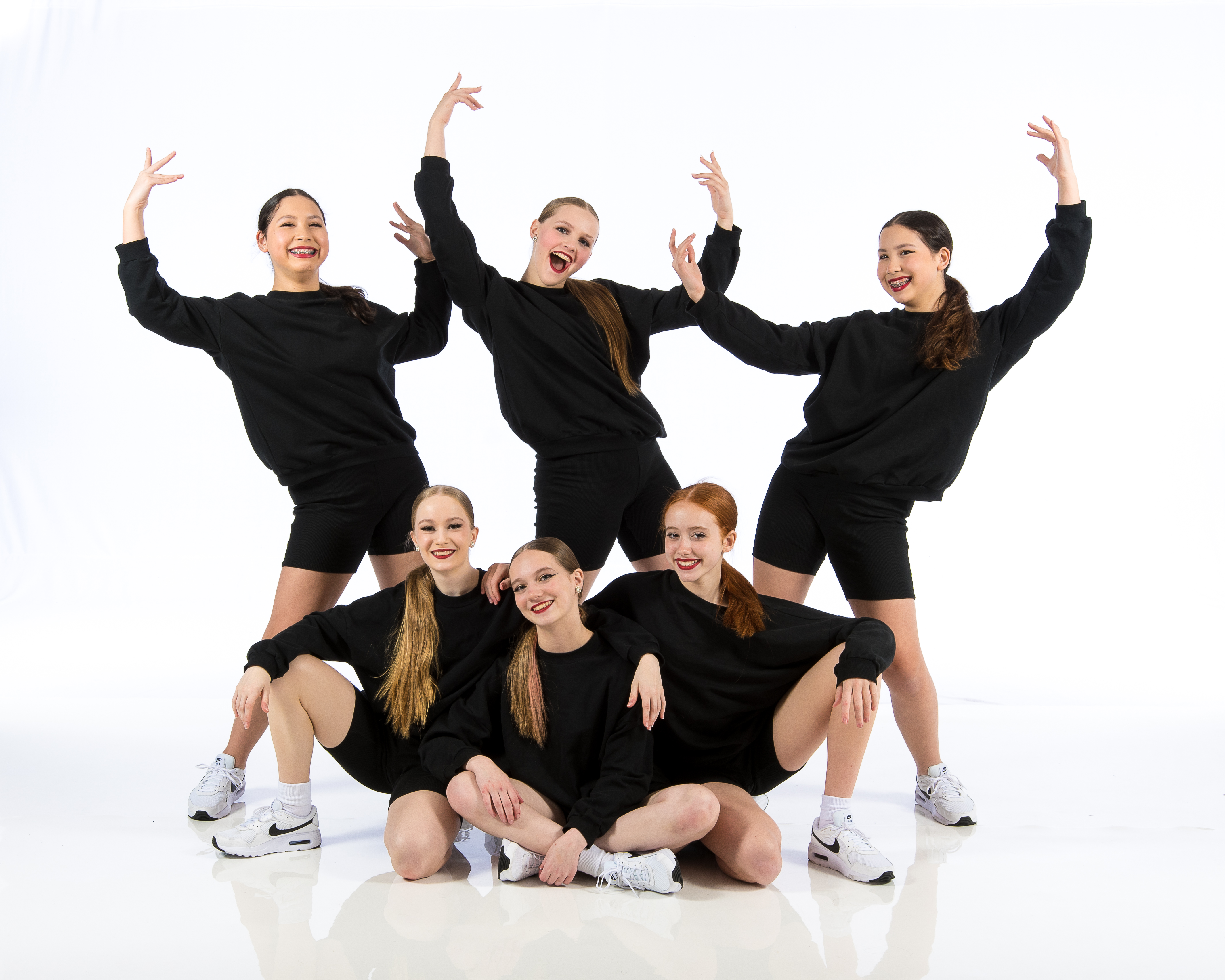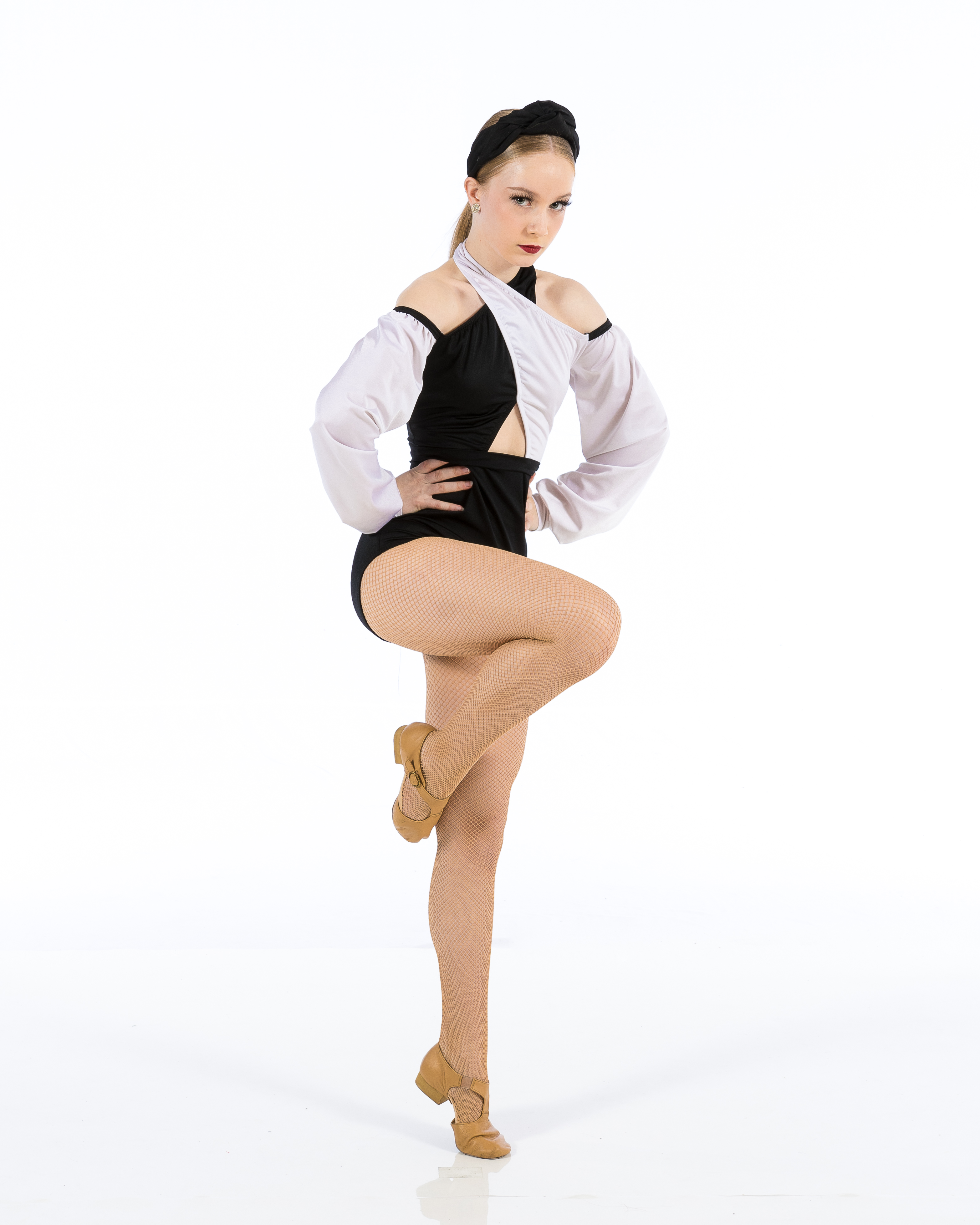Introduction: Why Dance?
Dancing isn't just about glamorous performances or rhythmic movements on stage; it's a treasure trove of benefits, especially for kids! When you think of dance, what comes to mind? Joyful expressions, vibrant costumes, maybe even the latest TikTok craze? But beyond these fun aspects lies an incredible opportunity for children to develop essential life skills. In this article, we’ll dive into the world of dance and explore how it enhances strength, balance, and coordination in kids. So grab your dancing shoes as we embark on this exhilarating journey!
Strength, Balance, and Coordination—Benefits of Dancing for Kids
Dancing works wonders in nurturing a child's physical abilities. The three key components—strength, balance, and coordination—intertwine beautifully during every dance class. Here’s how:
1. Developing Physical Strength Through Dance
Dancing engages multiple muscle groups concurrently. From ballet to hip-hop, different styles require various movements that build and tone muscles.
- Muscle Engagement: Whether it’s jumping like a ballerina or twisting like a breakdancer, each movement challenges the body. Core Strength: Most dance forms emphasize core stability. Kids learn to control their bodies better by engaging their core muscles. Endurance Building: Regular practice in a dance studio leads to improved stamina. Kids learn to sustain energy through longer sessions.
2. Enhancing Balance with Every Step
Balance is crucial for daily activities—think riding a bike or simply walking without tripping! Dance helps cultivate this skill in a fun way.
- Body Awareness: Dance classes teach children how to align their bodies correctly while moving. Improved Posture: Maintaining proper posture during dance routines translates into better balance off the dance floor. Dynamic Movement: The fluidity of dance encourages kids to shift their weight seamlessly from one foot to another.
3. Mastering Coordination Through Rhythmic Movement
Coordination is all about connecting body movements smoothly and rhythmically.
- Hand-Eye Coordination: Many styles involve gestures that require precise timing between hand movements and footwork. Spatial Awareness: Dancing teaches children how to navigate space effectively while avoiding collisions. Multitasking Skills: Learning choreography boosts cognitive abilities as kids memorize sequences while coordinating different body parts.
Why Choose Dance Classes for Your Child?
With so many activities available for children today, why should parents consider enrolling them in a dance academy?
4. A Fun Way to Stay Active
Kids love moving around! Dance transforms exercise into an enjoyable activity where they can express themselves creatively.
5. Fostering Social Skills Through Group Dances
Dance classes often involve group activities that enhance teamwork and communication skills among peers.
6. Boosting Confidence and Self-Esteem
The feeling of mastering a new move or performing in front of an audience can significantly boost self-esteem in children.
The Various Styles Encouraging Strength, Balance & Coordination
Different types of dances develop these skills in unique ways:
7. Ballet: The Foundation of Strength and Grace
Ballet emphasizes precision and control over the body, cultivating remarkable strength and flexibility that are foundational for other styles.
8. Hip-Hop: Energetic Movements for Agility
This high-energy form is perfect for improving coordination through dynamic moves such as popping and locking while building endurance.
9. Jazz: The Fusion Style that Engages All Muscles
Jazz combines classical techniques with contemporary moves that enhance strength while focusing on rhythmical coordination.
How Does Dance Impact Cognitive Development?
Dance doesn’t just benefit physical skills; it also sharpens mental capabilities!
10. Memory Enhancement Through Choreography Learning
Learning routines requires memorization—a fantastic workout for kids' brains!
11. Creativity Unleashed Through Expressionism
Dance Dance information offers a platform for children to express feelings creatively, promoting emotional intelligence alongside physical development.
12. Discipline Instilled Through Practice Routines
Regular classes teach commitment as kids learn the value of practice and perseverance through repetition.
Incorporating Dance at Home: Tips for Parents
Parents can play an essential role in fostering their child’s love for dance even outside the studio!
13. Create Space for Dancing at Home
Set aside an area where your child feels free to explore movement without restrictions—an Dance Studio exciting mini-dance studio at home!
14. Encourage Family Dance Parties!
Make dancing a family affair by hosting weekly dance parties where everyone participates regardless of skill level!
15. Leverage Technology with Online Classes or Tutorials
There are countless resources available online—use them! Sign up your child for virtual lessons at various dance academies around you.
The Role of Qualified Instructors in Skill Development
Enrolling your kid in classes led by experienced instructors ensures proper guidance throughout their dancing journey:
16. Expertise Matters! Choosing the Right Dance Studio
A qualified instructor identifies each child's potential while tailoring lessons suited to their needs—a vital aspect often overlooked by parents searching solely for convenience.
What Should Parents Look For?
- Credentials Experience teaching children Communication style
Potential Challenges Kids Face While Dancing
While dancing is largely beneficial, it isn’t without its challenges:
17. Overcoming Stage Fright
Many young dancers experience anxiety when performing publicly; here's where supportive instructors come into play!
How Can It Be Managed?
- Practice performing at home Gradual exposure through low-pressure settings
18. Injuries Might Happen
Like any physical activity, injuries can occur if proper precautions aren’t taken during training sessions.
What Can Be Done?
Encourage warm-up exercises before classes along with cooldown stretches afterward!

19. Balancing Schoolwork with Dance Commitments
Finding time between homework assignments and rehearsals can be tricky but manageable through effective scheduling strategies!
Tips?
Prioritize tasks using planners or digital calendars so nothing falls through the cracks!
FAQs about the Benefits of Dancing
What age should my child start taking dance classes?
Generally speaking, many studios offer programs starting as early as 2 or 3 years old! Early exposure ignites interest while developing motor skills from infancy.
Are there specific types of dances best suited for young children?
Yes! Ballet provides foundational techniques; jazz promotes creativity while hip-hop encourages energetic expression—all excellent choices!
How does dancing improve social skills among kids?
Group classes foster teamwork; performing together builds camaraderie among peers leading ultimately towards lasting friendships!
Is it necessary for my child to commit long-term after starting lessons?
While commitment yields rewards over time—it’s important not pressurize them; let them explore different styles first!

Can boys also benefit from dancing like girls do?
Absolutely! Dance knows no gender boundaries; boys gain strength coordination confidence irrespective of style.
li20/ol1/hr11hr11/##
Conclusion
In conclusion, the myriad benefits associated with dancing are undeniable—particularly regarding strengthening physical abilities such as balance coordination resilience discipline creativity—all crucial traits shaping well-rounded individuals ready face life head-on confidently equipped with newfound skills gained through joyous movement expressed within vibrant rhythms found within every single beat danced upon floors across studios everywhere! So why wait? Find your nearest dance studio today enroll your little ones ensure they don’t miss out on this magnificent journey ahead filled laughter friendship growth discovery empowerment excitement freedom exploration joy wonder possibilities endless awaiting discovery waiting just around corner knowing all begins right here now…in rhythm…in motion…in joy…let's get dancing!